Call us: +975 77 75 42 22
TRASHIGANG
Trashigang, “The Jewel of the East”, spans the easternmost corners of the kingdom, skirting up to the edge of the Indian state of Arunachal Pradesh. It is the country’s largest district, with an altitude ranging from 600m to over 4000m. Bhutan’s largest river, Dangme Chhu, flows through this district. Trashigang town is set on a scenic hillside and was once a bustling trade centre for merchants looking to barter their goods in Tibet. Today, it is the junction of the East-West highway with road connections to Samdrup Jongkhar and the Indian state of Assam. Trashigang town is also the principle market place for the semi-nomadic people of Merak and Sakteng, whose unique way of dressing stands out from the ordinary Bhutanese Gho and Kira.
Trashigang Dzong or ‘The Fortress of the Auspicious Hill’ was built in 1659 as a defence against Tibetan invasions. This imposing fortress is strategically situated high atop a spur overlooking the Dangmechu River. It is said that upon seeing the Dzong, invading Tibetan armies remarked that the Dzong was “not on the ground. It is a Sky Dzong” before retreating. It has been the political stronghold of Eastern Bhutan for over 300 years.
Mount Meru is the site of the palace of the Druk Chhoglay Namgyal, which translates to “Victory of Bhutanese over enemies in all directions”. It is accessible only from the north, via a narrow road, paved by blasting through the cliff-side. Due to its location, Trashigang Dzong is one of the most strategically placed Dzongs in Bhutan. The present Dzong was enlarged by Dzongpon Dopola in 1936.
Trashigang is home to the Sakteng Wildlife Sanctuary. The Sakteng Wildlife Sanctuary, one of ten protected areas of Bhutan, was created in part to protect the migoi, a type of yeti, in whose existence most Bhutanese believe. The sanctuary covers the eastern third of the district (the gewogs of Merak and Sakteng), and is connected via biological corridor to Khaling Wildlife Sanctuary in Samdrup Jongkhar District to the south.
Radhi village is famous for two things, its rice fields and the skill of its weavers. It is often known as the ‘Rice Bowl of the East’ because of its verdant rice fields that supply most of the grain to eastern parts of the country.
The village has around 200 households, all of which the people make living from fine raw silk or bura textiles during the off-agricultural seasons. All textiles produced in Radhi are made using the traditional back-strap loom and traditional dyes. As a result, Radhi village produces some of the most authentic high quality raw silk textiles in Bhutan.
Kanglung is a town in eastern Bhutan, located in Trashigang District. Sherubtse College, one of the oldest colleges under the Royal University of Bhutan is also located in this town.
